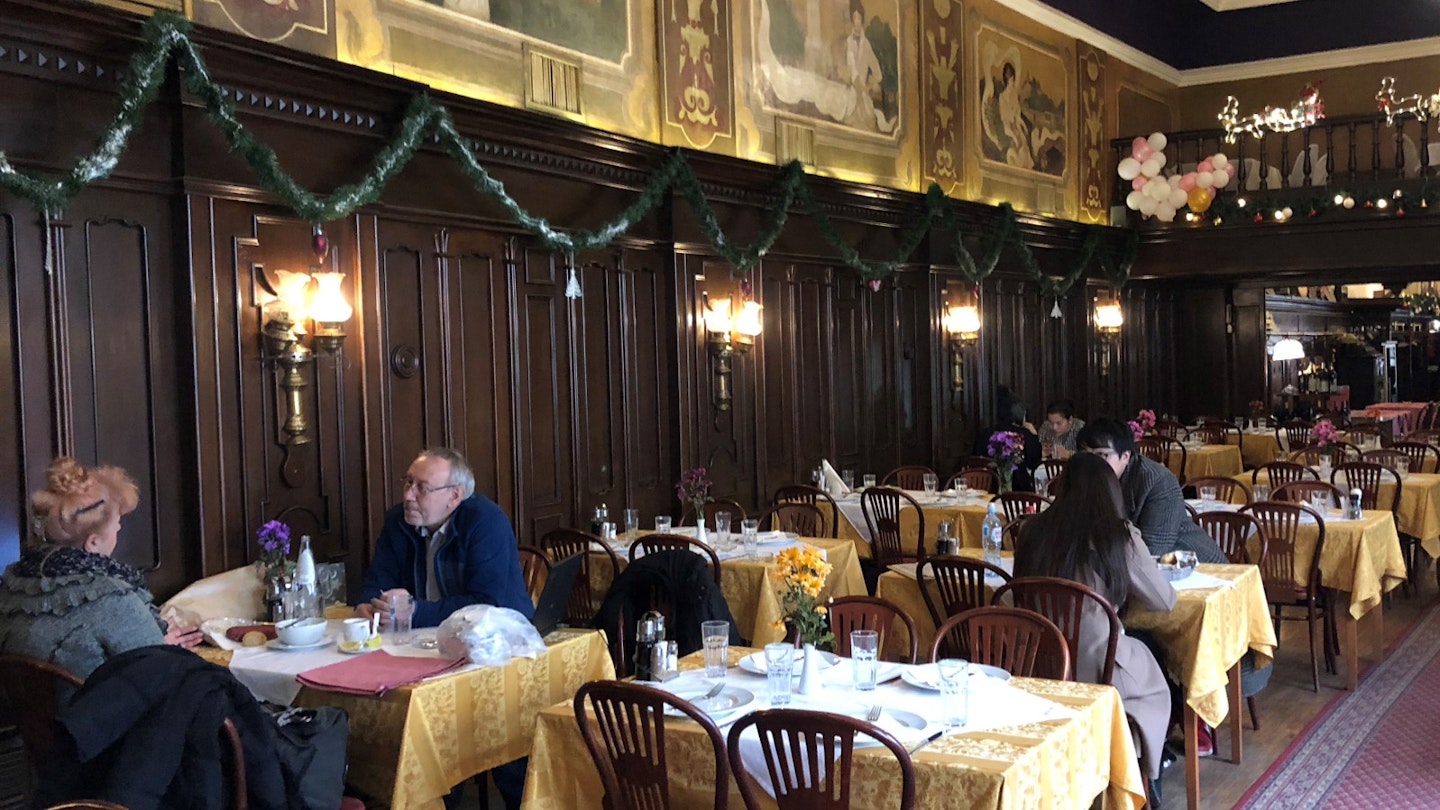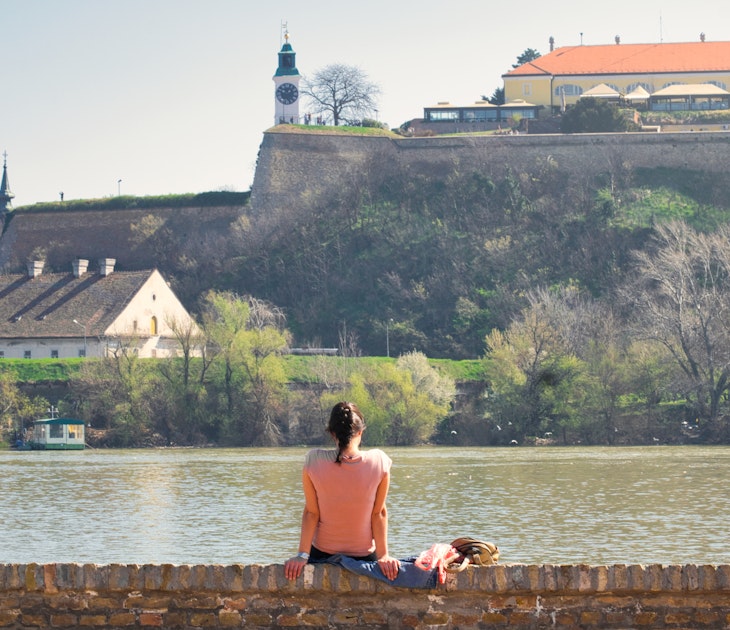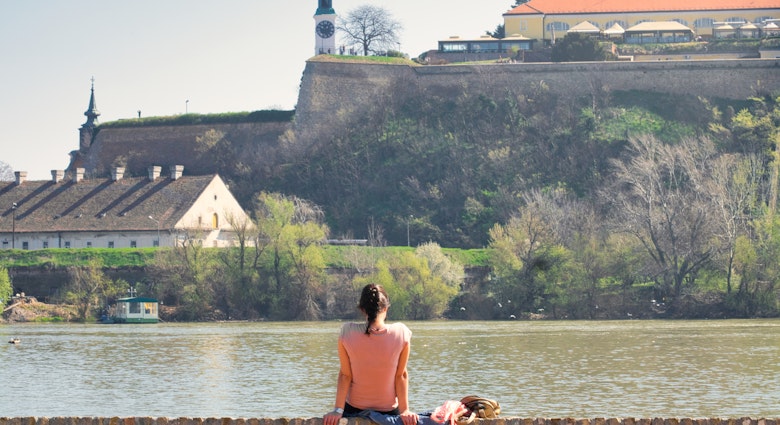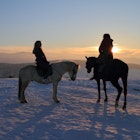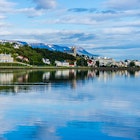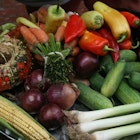When the Ottomans conquered Belgrade in 1521, they brought coffee to the city and established its first kafana – a traditional tavern or coffee house. Hundreds of kafanas dot the city to this day, and for the past half-millennium they have served as more than just places to get decent grub and drinks from the early mornings to late nights. They were – and still are – the commercial and social heart of the city, where patrons discuss current events and gossip, occasionally plan political rallies and, more regularly, dance until the early hours to the sounds of Serbian folk music.

Given their versatility and importance, it’s little wonder that Belgrade’s kafanas, like London’s pubs or Vienna’s cafes, loom large in the city’s memory and even when they’re long gone, they give names to streets and neighbourhoods. Although many kafanas have closed or turned into regular restaurants or upscale cafes since the post-1990s privatisations, for the past few years they’ve been enjoying a revival as both foodie and nightlife spots.
While these establishments differ in looks and quality of food and service, the most important criterion for picking a good kafana is whether it manages to retain a democratic spirit which allows a diverse crowd – from pickled regulars to food-photographing hipsters – to sit together, sip a Turkish coffee or mow down a plate of ćevapi (grilled meatballs). No visit to Belgrade would be complete without visiting one, so here’s our pick of kafanas that truly stand out in the Serbian capital.
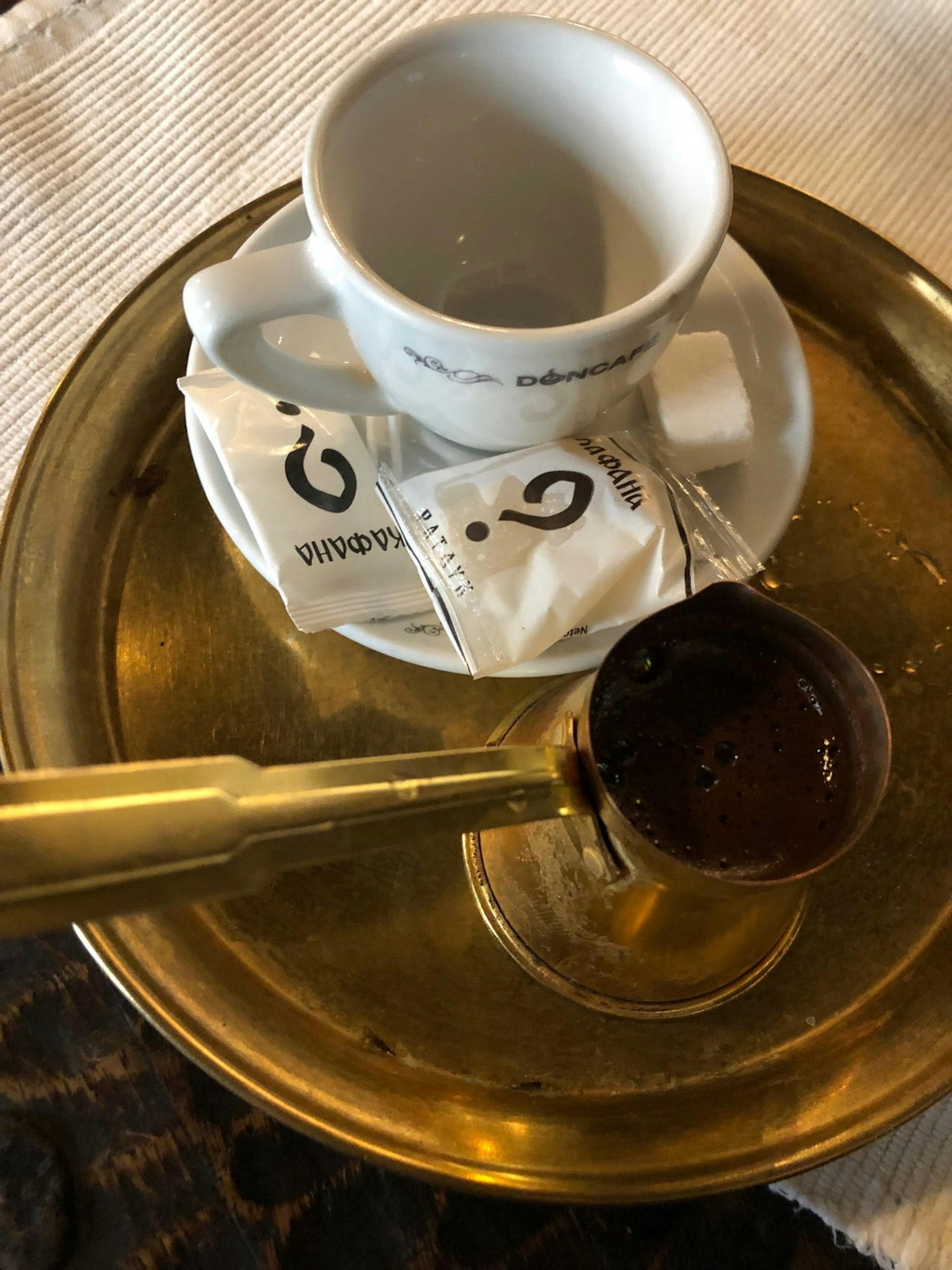
Sip a Turkish coffee at Ottoman-style ‘?’
Strangely named ‘?’ is housed in one of the city’s few remaining Ottoman-style buildings, built in 1823 on the cobbled Kralja Petra Street. Although tourists are slowly outnumbering the local patrons, ‘?’ is worth a visit for its ancient rustic interior with low wooden stools, old-fashioned lights and a stove to keep everyone warm during Belgrade’s cold winters. Trying the Turkish coffee here is a must, as it’s served the old-fashioned way with a small piece of ratluk (Turkish delight).
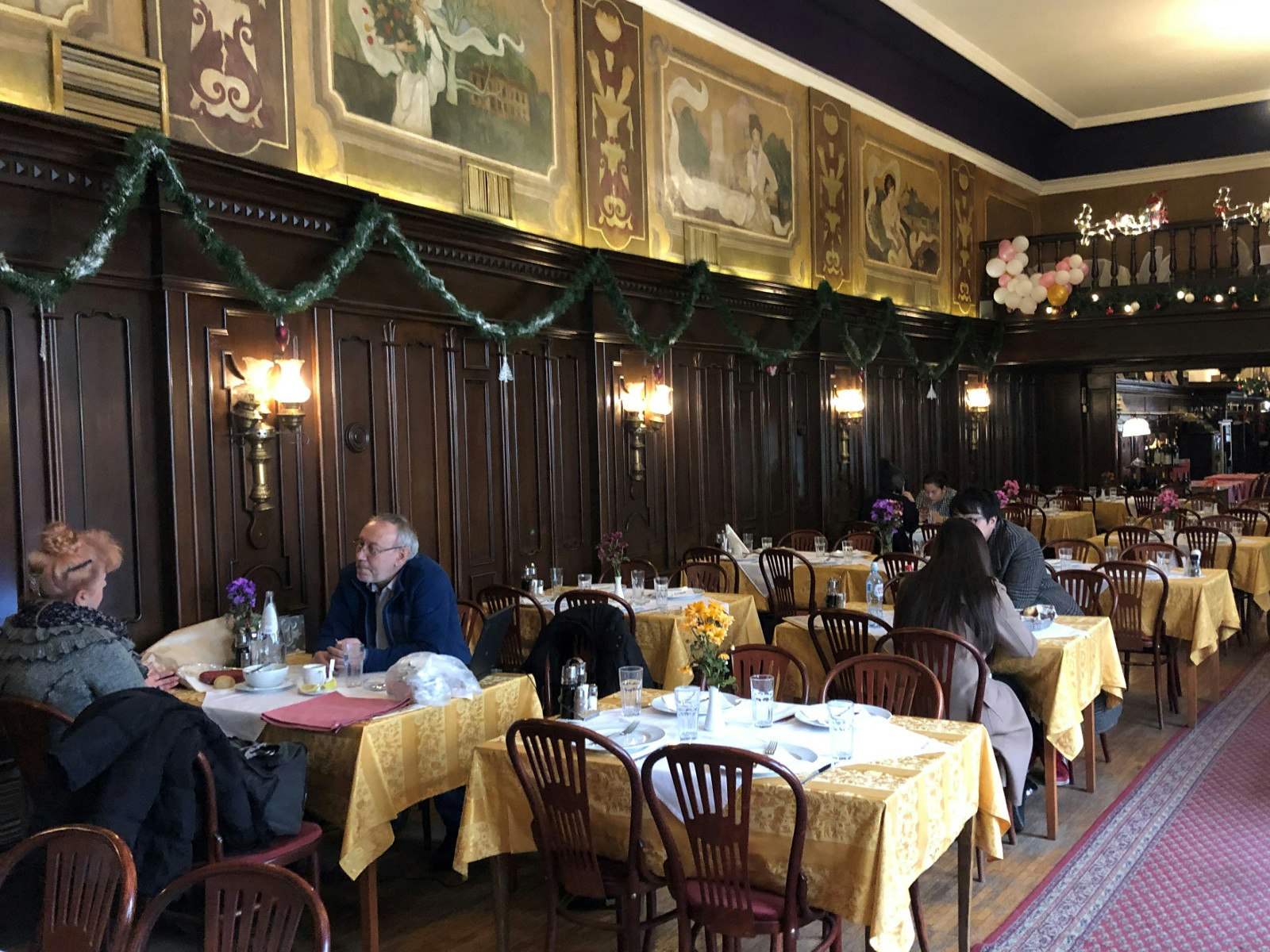
Admire the refined ambience of Dva Jelena
Dva Jelena (‘Two Deer’) has been operating since 1832 from a house in Skadarlija, a street renowned for bohemian excesses since the mid-19th century. In its two centuries Dva Jelena massively expanded; however, its main rooms retain the elegance of early 20th-century Belgrade, with art-nouveau murals, wooden panels and repurposed gaslights. Like other Skadarlija joints, Dva Jelena is becoming popular with tourists; however, the quality of the food and regular traditional music (starting every evening from 8pm) hasn’t suffered.

Feel Belgrade’s hustle and bustle in Mornar
The most atmospheric and authentic kafanas are the less showy neighbourhood hangouts. A few steps away from the main Republic Square, Mornar is a buzzing relic of the Yugoslav era. If you visit this local gem, you’ll enjoy seeing seasoned waiters in snow-white shirts zipping between tables when not talking with the regulars who seem to have blended with the 1970s decor.
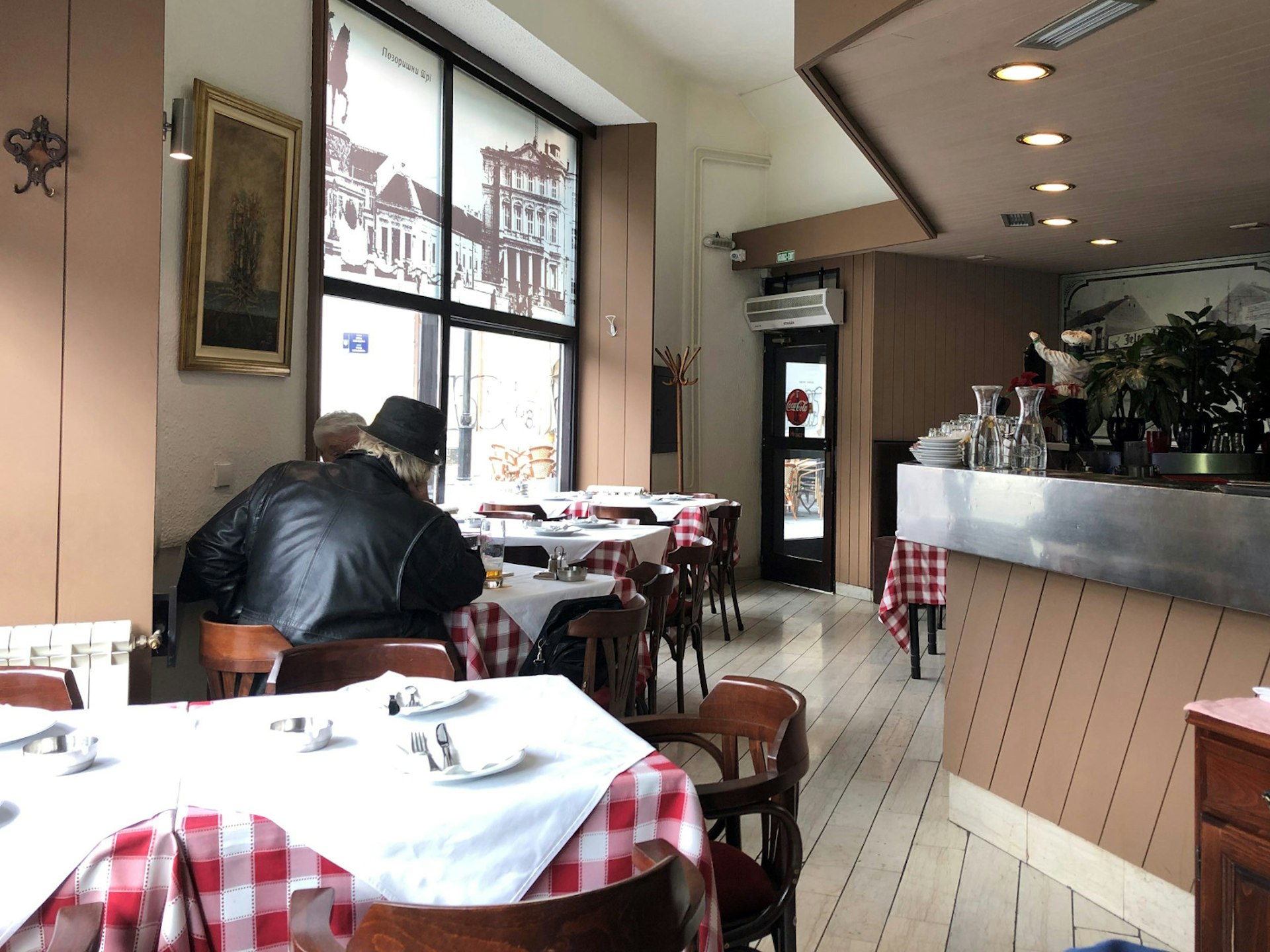
Enjoy Proleće’s socialist-era elegance
Socialist design enthusiasts will love Proleće, which has preserved its zinc bar, dark wood panelling and elegantly liveried waiters. Adding to its allure is the fact that Proleće is beloved by Belgrade’s intellectuals, so you can often see members of the nearby Serbian Academy of Arts and Sciences grabbing lunch or catching up with their grandchildren over coffee.

Warm up by the fireplace at Orašac
A bit further away from the centre, housed in art-nouvau premises on busy Kralja Aleksandra Boulevard, is Orašac. Popular for its huge garden when the weather is nice, Orašac also has a delightfully cosy interior with two fireplaces and two separate rooms for smokers and non-smokers – a rarity in Belgrade. It offers excellent food, from sizzling Serbian grills and cooked dishes, to a few specialities from Macedonia such as topeno sirenje (grilled cheese) and Ohrid čomlek (a traditional veal casserole). And if that wasn’t enough, you can also hear live traditional music played on Thursday, Friday and Saturday nights.
Party all night at LM
Quite a few kafanas in Belgrade are famous for drawing in crowds on Fridays and Saturdays with their live music and the opportunity to sing and dance to traditional tunes. In these joints, the bands approach guest tables asking them to order songs, and it’s customary to tip the band with about 500RSD (four euros) per song. One of the best places for going out kafana-style is LM. Located in the remote suburb of Medaković, this kafana hosts performances by two renowned veteran singers of Serbian and Vlach folk music and offers a truly raucous experience. On Fridays and Saturdays from 9pm onwards, it’s usually packed and advanced dinner bookings are necessary. Although far from the centre, it’s worth the hassle to experience one of the finest kafana atmospheres in Belgrade: after a few generously poured rakijas (local firewater), everybody gets up and starts singing and dancing together, displaying the spirit of camaraderie that kafanas have fostered in the city for the past five centuries.
Make the most of your travel with sightseeing tours and activities from our trusted partners.
https://shop.lonelyplanet.com/products/eastern-europe-travel-guide-14
